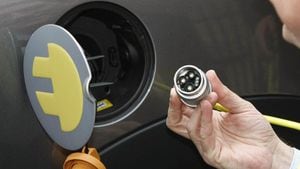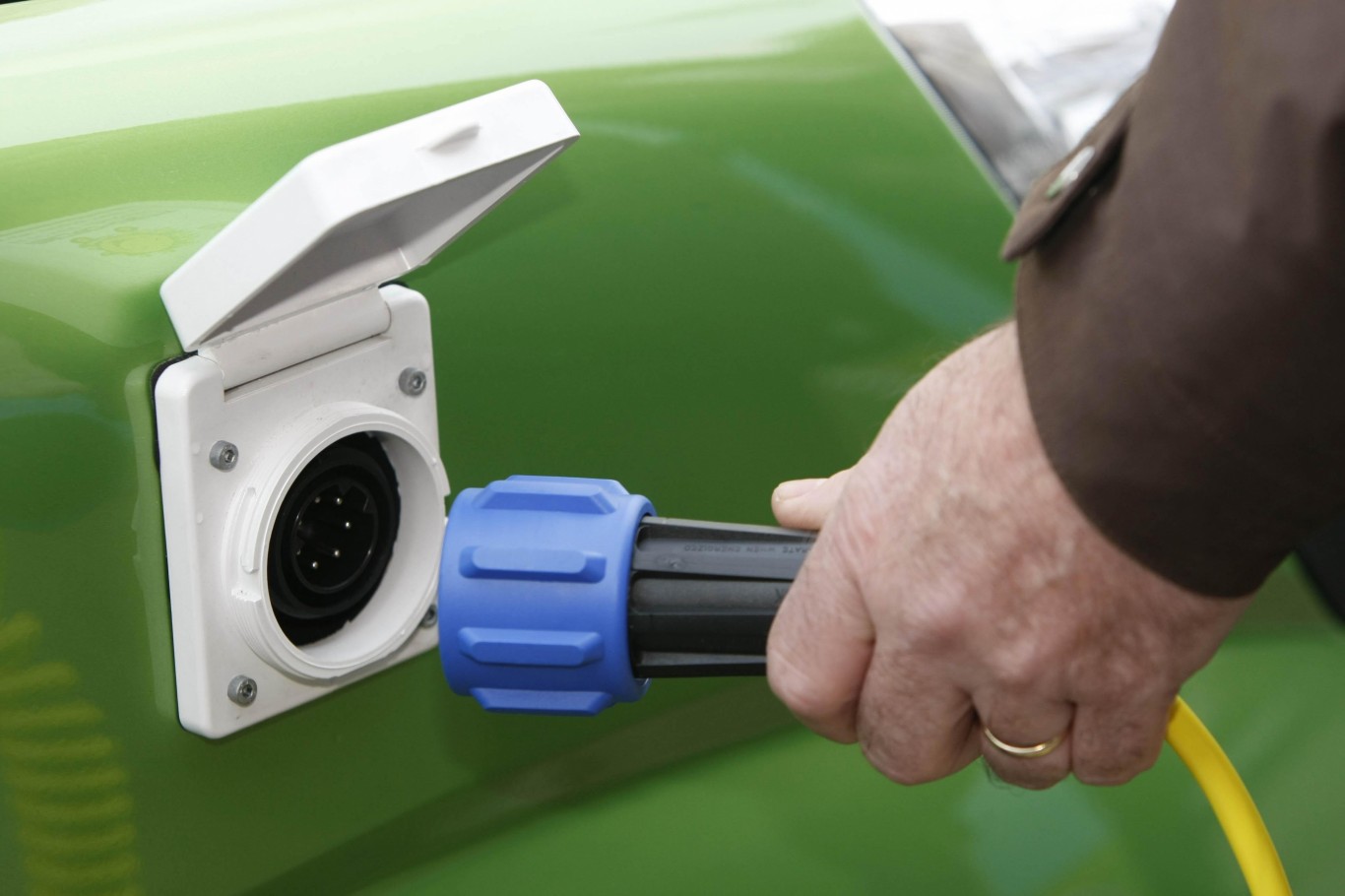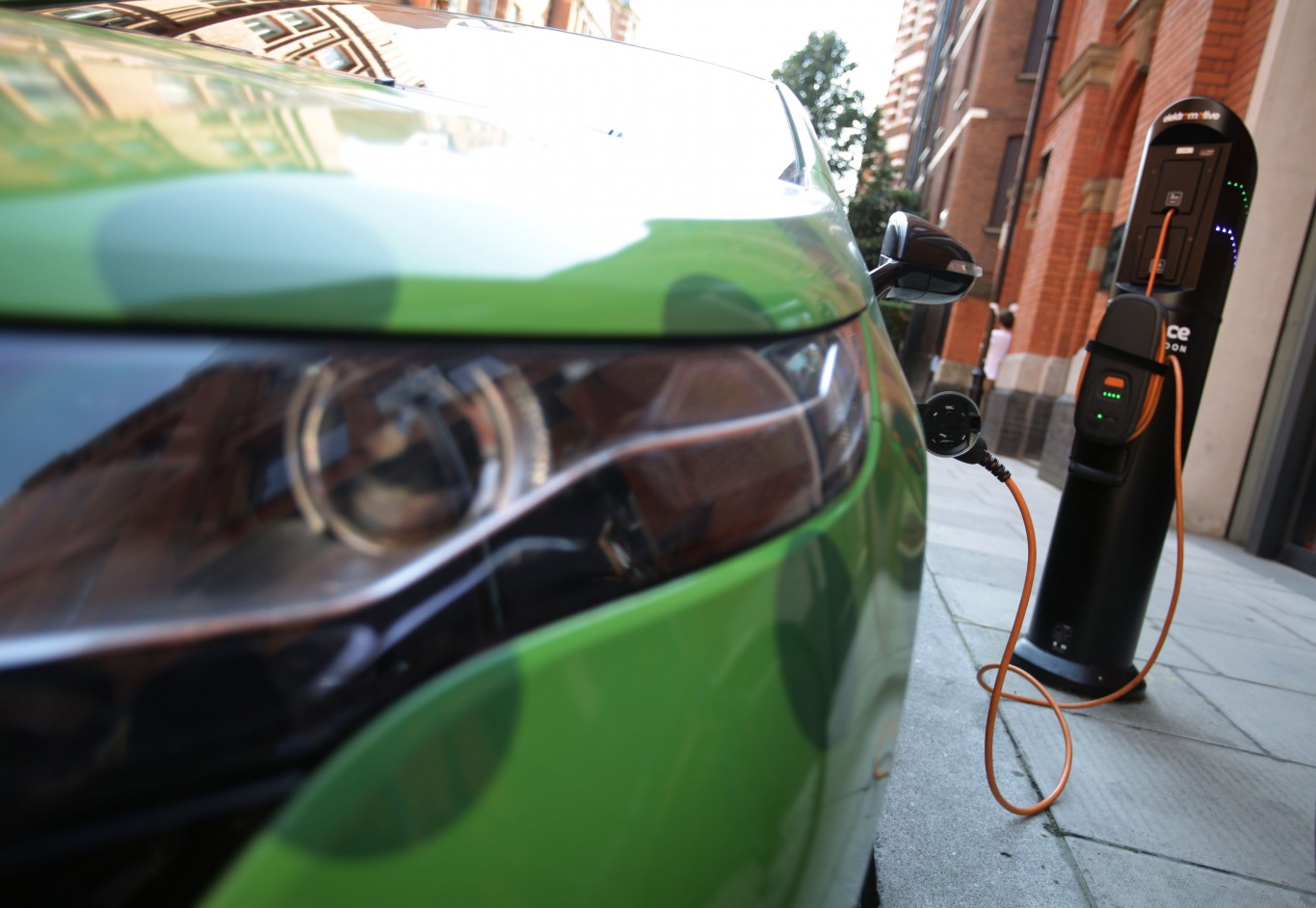Electric charging explained
Time to plug into your thinking cap

Whether you like it or not, it’s getting hard to ignore the fact the electric car revolution is happening.
With the news that new petrol and diesel cars will no longer be legally allowed to be sold in the UK from 2040, it’s time for us to really start exploring the alternatives — and EVs seem to be the best option on offer right now.
This does of course mean understanding the complicated world of electric car charging. On the face of it, there’s a lot to get your head around, so here’s a guide to understanding the ins and outs of charging your vehicle.
Home charging
One advantage of having an electric car over a fossil-fuelled motor is the ability to ‘refuel’ at home. Unless you happen to live next door to a filling station, you’re almost certainly going to have to make a trip of filling up — whereas with an electric car, you can just plug it in without leaving your house.
There’s a variety of options on offer for you to set up your own home charging station. First of all, you can simply use any three-point socket — although the charge times would be slow in most cases, rendering it useless if you use your car daily for long distances.
If you’re in need of a more powerful charger, opting for a dedicated station at your house may be a solid investment.

Typical home charging units are usually wall mounted and come with one of two connector types. The first is a Type 1 connector, which can be supplied in either “slow” spec, which delivers 3 kilowatts per hour, or a “fast” 7 kilowatts per hour option.
A more powerful Type 2 connector is also a common option, which is capable of delivering charge speeds of up to 43 kilowatts per hour.
A downside of having your own dedicated home charging station can be the costs involved, although this financial blow can be softened by government grants. As long as a customer can provide proof of ownership of an electric vehicle and has access to off-street parking, a 75 per cent grant on the cost of a charger is on offer from the government. Some manufacturers also offer charging stations with new EV purchases.
Before committing to buying a home-charging station though, it’s vital to do your research as to what kind of setup works best for your car and needs — you don’t want to be overpaying for power you don’t need.
On-the-road charging
It’s inevitable that at some point during electric car ownership you’re going to need to charge while you’re on the move. Unlike any fuel filling station though, where you can just pull up, fill up and pay, public electric charging stations can be a little more complex.
Most public stations are owned by networks, which require payment through a smartphone app or a contactless loyalty card. The exception to this rule is Tesla — although you can only use its Supercharger network if you own one of their models.

If you find a network you want to stick with though, you shouldn’t have an issue locating a charger — 13,403 connectors are available at 4,676 locations across the UK.
On the face of it, electric car ownership looks to be a complicated thing. Although with some research into your particular car and assessing how you’re going to use it, understanding charging is something you can un-plug from your worries.





